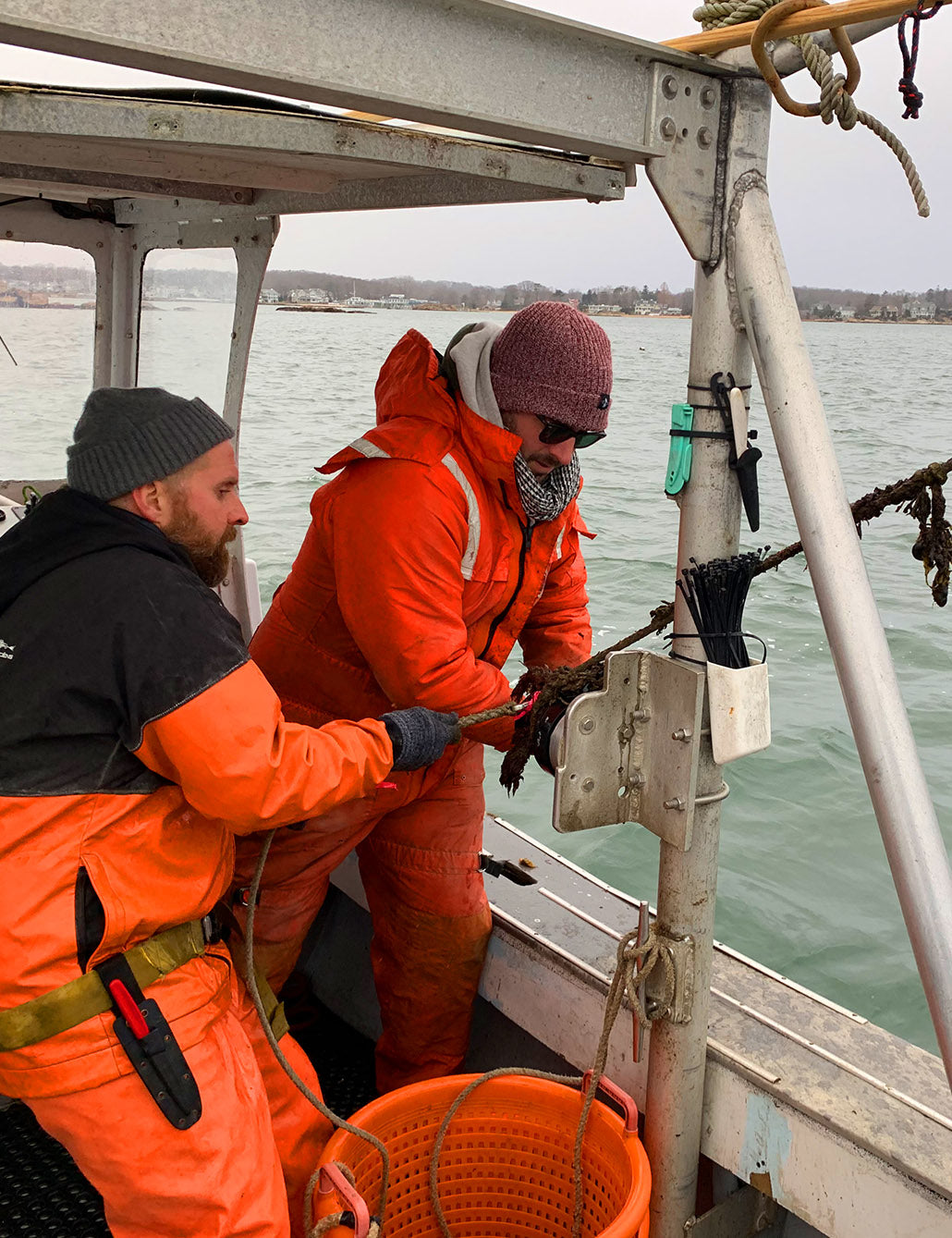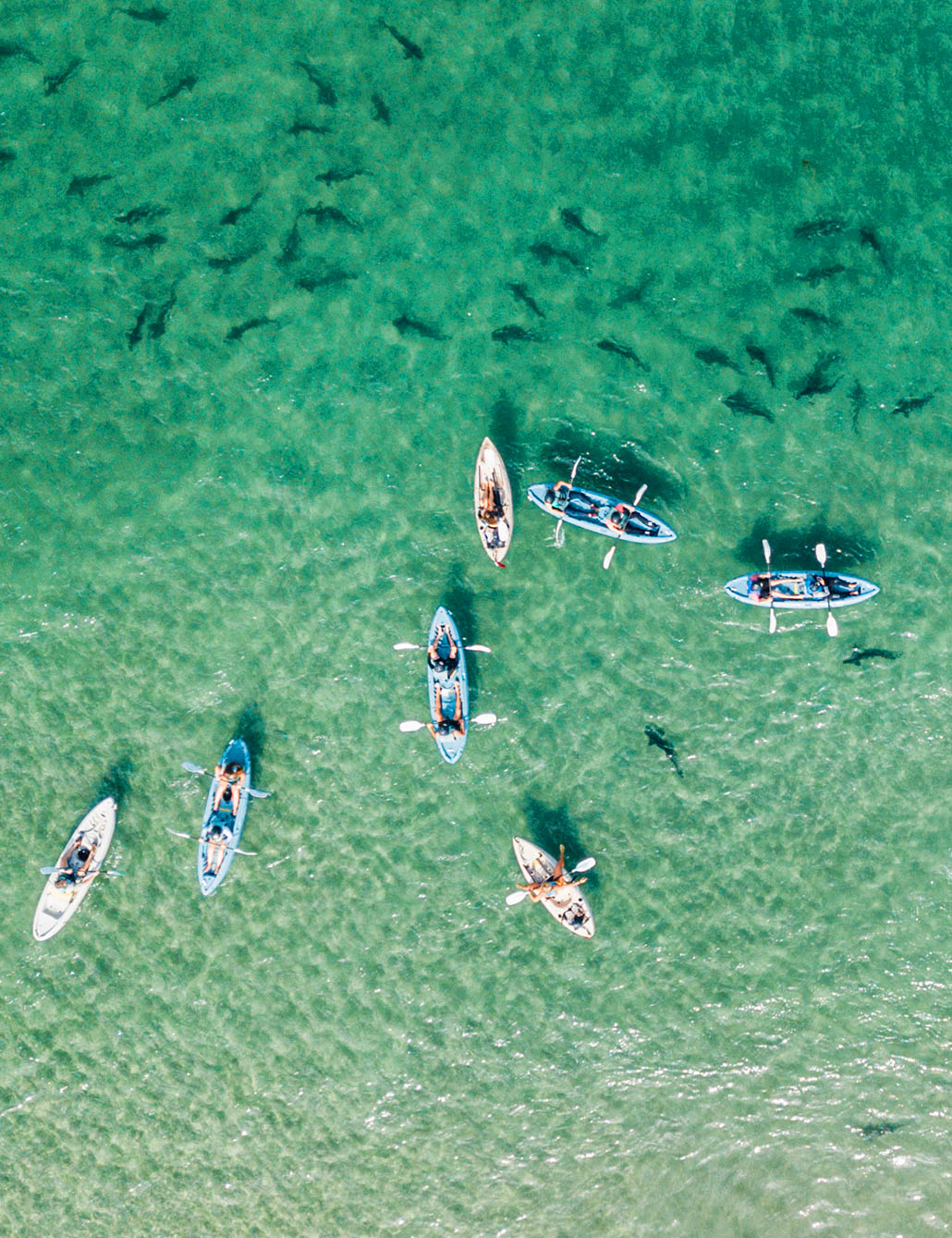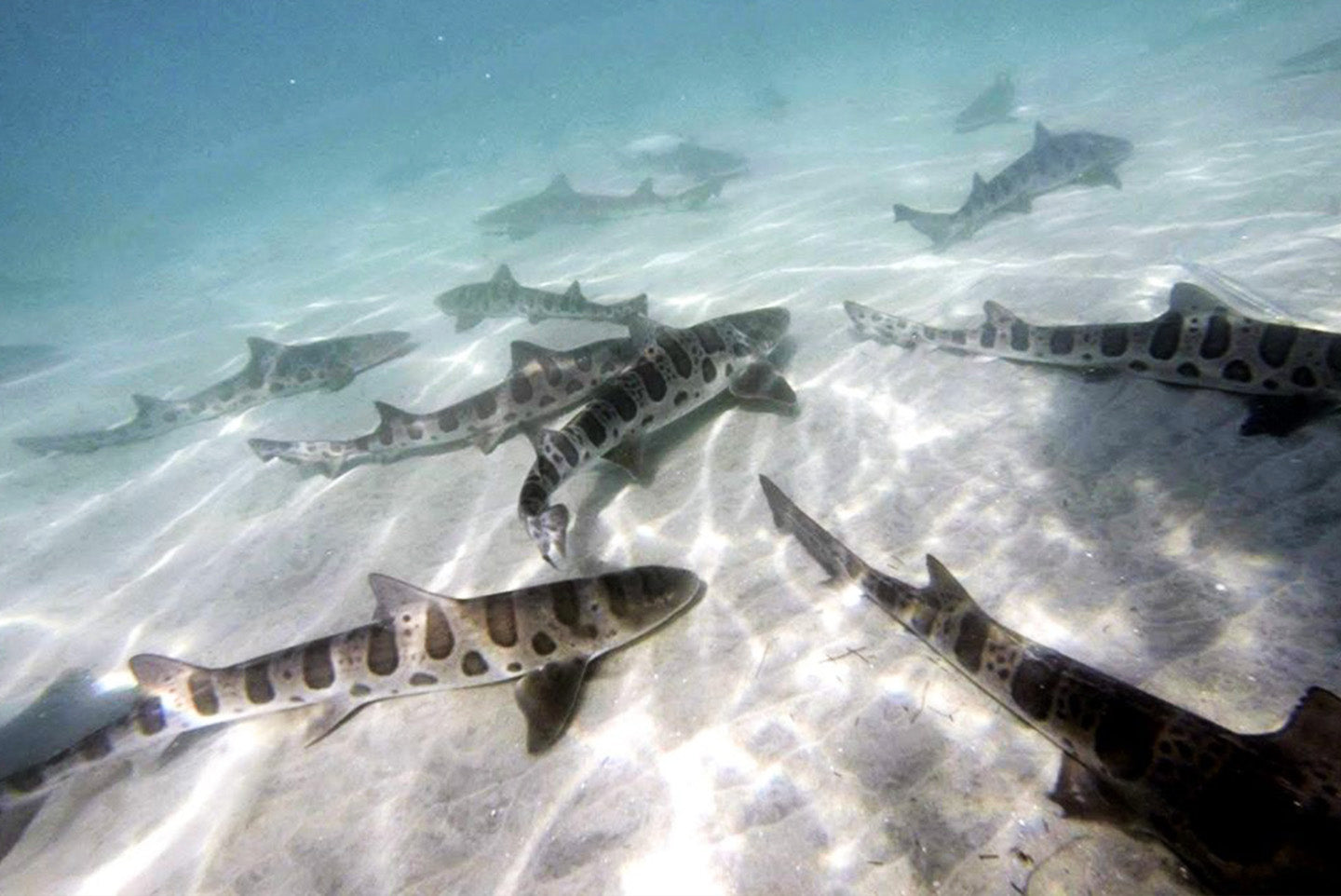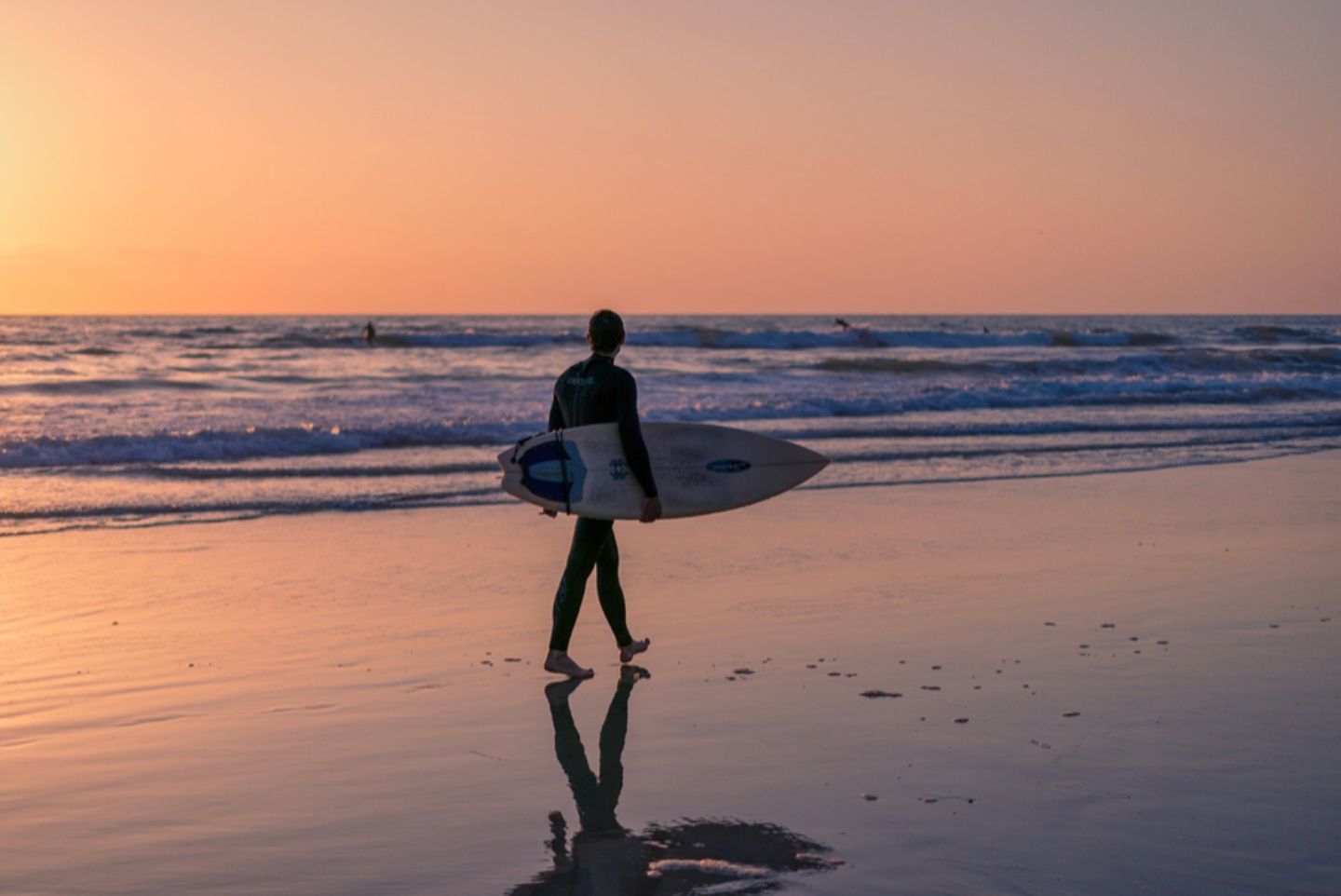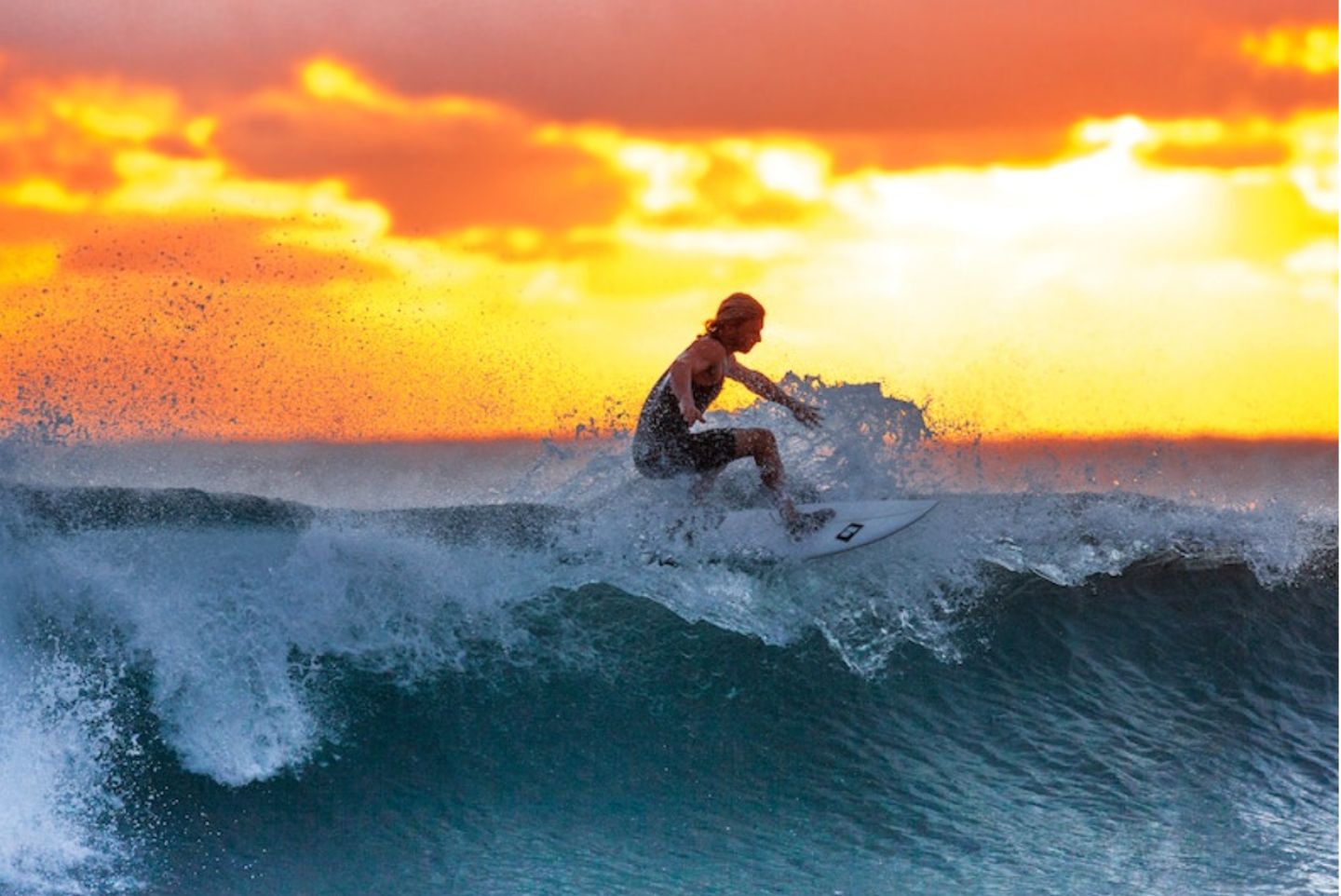One of the highlights of being in La Jolla during the warmer spring or summer months is witnessing the migration of one of our favorite locals, the leopard sharks.
La Jolla has the largest aggregation, or shiver (group of sharks), in the entire world. Every season you can find them in shallow waters by the 100’s. More then 90% are female leopard sharks who love coming to La Jolla since the water in the area tends to be a lot calmer than most parts of San Diego. The main reason they migrate here is to rub their bellies on the warm sand. By doing this while pregnant, they can speed up their gestation period (normally around 10 to 12 months) by weeks, or sometimes even months. The ultimate life hack!
Best ways to view these lady leopards is to move as slowly as possible in the water, as they are quite skittish. One of our rules on tours is “if you see something, say something”. But in this case it's best to use the dive signal for shark and point to them.
Most of the time when someone screams the word “shark” in the ocean it could create a panic. But remember - you’re more likely to get struck by lightning TWICE or have a vending machine fall onto you than get bit by a shark. All sharks are friends, it's just those silly movies that give them a bad rep.

Fun Facts!
- Leopard sharks inhabit a narrow band of ocean and inlet areas in the Pacific Ocean between Oregon and the Gulf of Mexico. They are some of the most common sharks found along the coast of California. These sharks have dark, saddle-shaped splotches along the fins and upper body.
- Leopard sharks eat crabs, fish eggs, clam siphons, and burrowing worm species. They have been found with other sharks, rays, and octopus in their stomachs!
- Sharp teeth? Nope! Leopard sharks have a “pavement-toothed” tooth pattern, meaning they have teeth that are rounded and closely-set, just like our human molars. Their teeth made for grinding, not biting!
- Fish or mammal? Sharks are cartilaginous fish, which means that their skeletons are made entirely of cartilage (the same squishy material that is found in our human nose and ears). They are a lot more flexible than their "bony" fish cousins.
- Friend, not foe. There are no reported fatal attacks on humans by leopard sharks. In fact, there are only a handful of reported “attacks” by leopard sharks at all. These attacks could be in the form of the shark just bumping into a human. Respect their space and you’re golden.
- Leopard sharks are occasionally caught as a food source for humans. Because of their slow growth rate, late maturity, and low reproductive output, catching too many leopard sharks can cause their populations to rapidly decline.
- Sink or swim? Leopard sharks are well-adapted to living near the ocean floor, spending most of their time a foot or so above the bottom.
- Seeing spots! Each leopard shark has its own unique pattern of spots. No two leopard sharks are the same, just like our fingerprints!
- Sharks have a sixth sense. Sharks have the sense of “electroreception” - the ability to detect small electric fields. This helps sharks detect other animals, both hidden and visible in the water, while hunting.
- Leopard sharks give live birth to baby sharks, also known as "pups", which are around 8 inches long and born with a full set of teeth.




